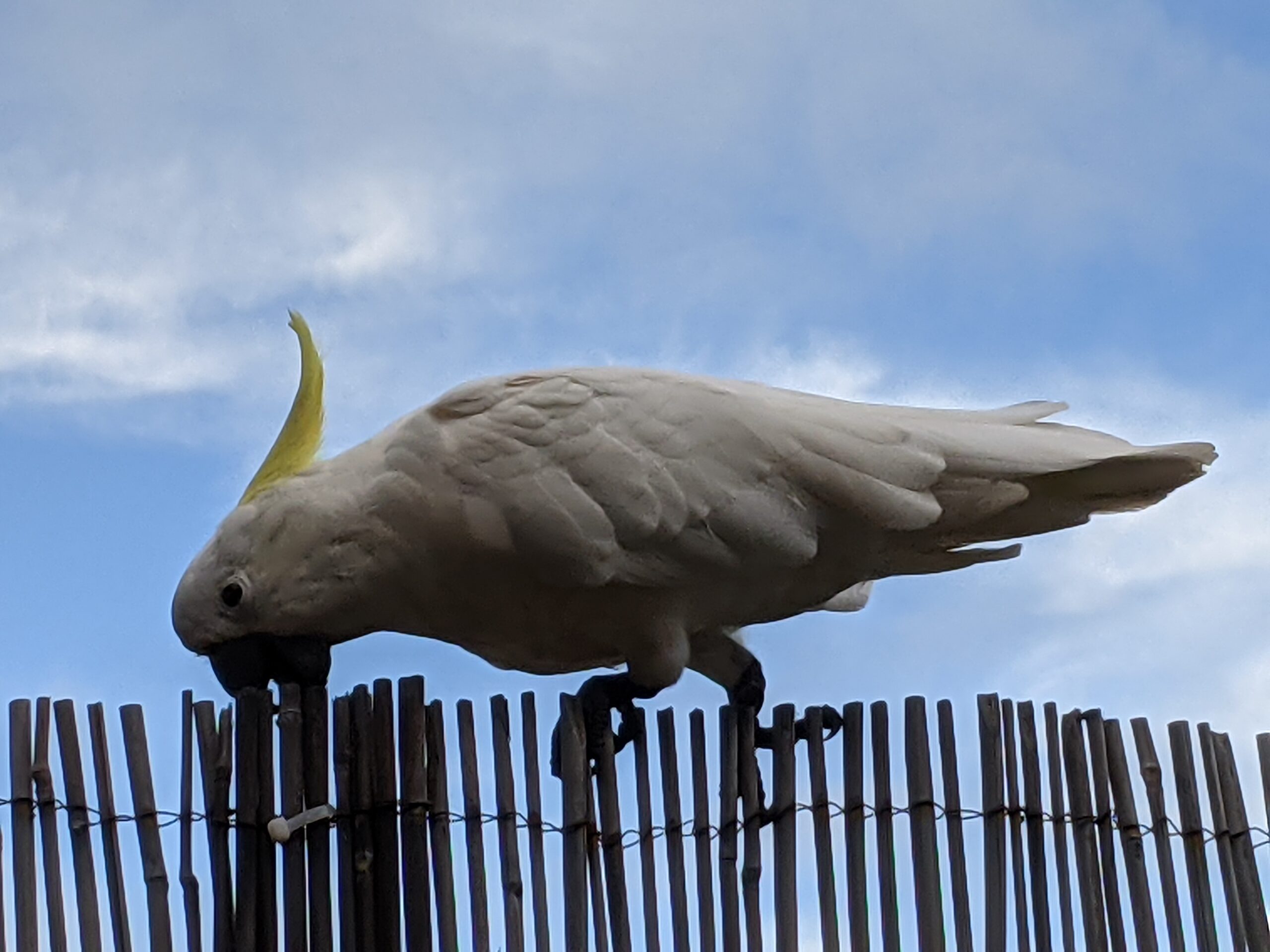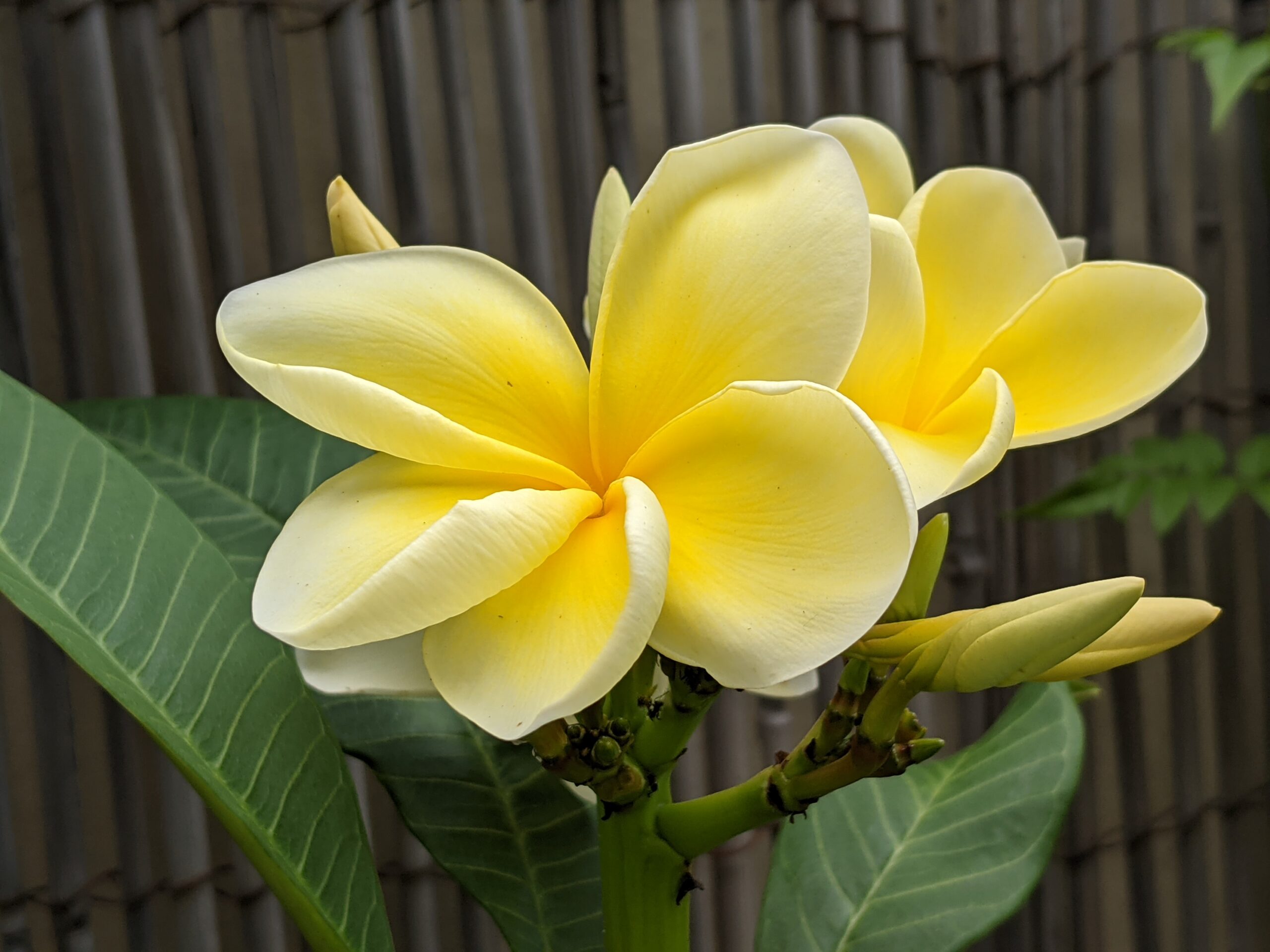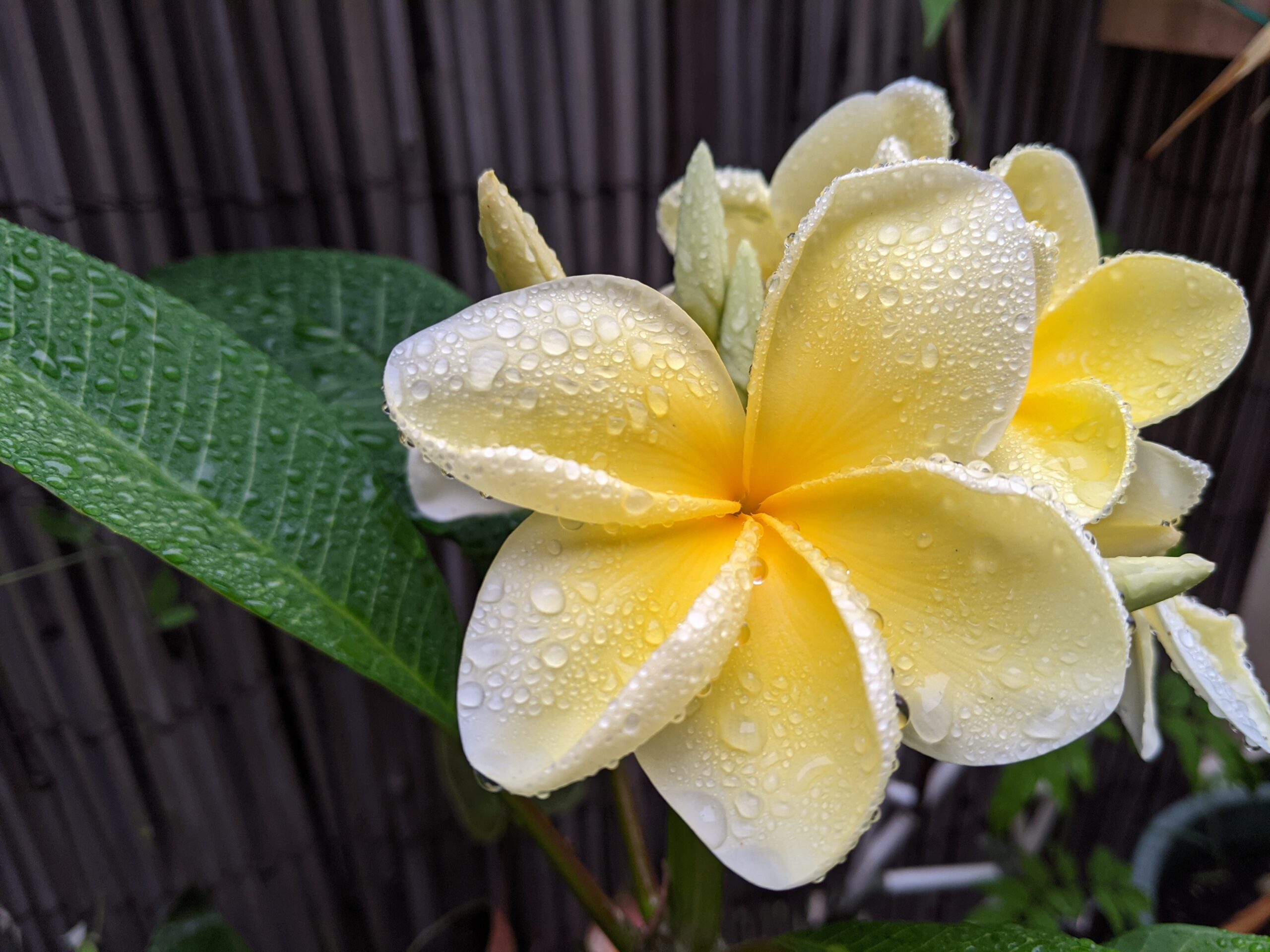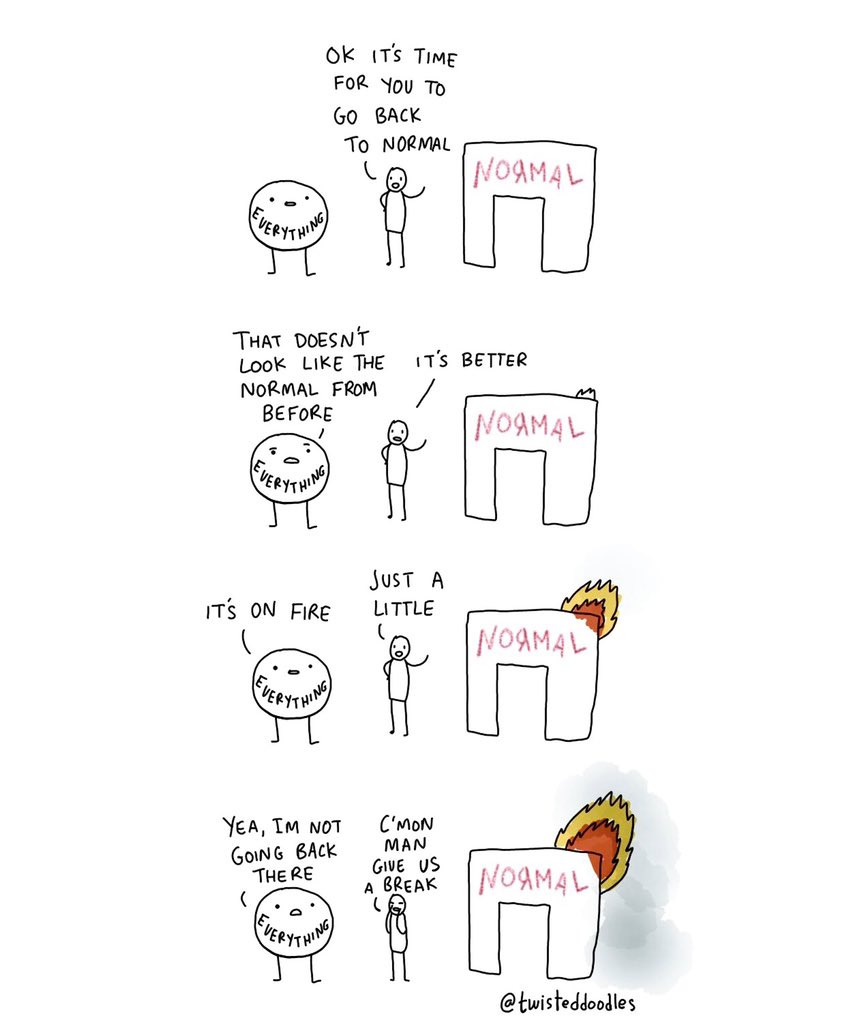
Chain my hash#
[This post is a note to self] – Blockchains are a type of ledger. Coin “miners” make calculations and add messages to the blockchain over time. The messages are hashed to protect the ordering and contents of messages. These hash ledgers are (allegedly!) tamper-resistant as the contents of later entries depend on the contents of earlier entries.
The novelty (in comparison to conventional dbs) is that it is a distributed system with no owner. This is what enthusiasts mean when they say that the blockchain is trustless: instead of central authority, like a bank, many miners compete to successfully write a new message to the blockchain. They do this by means of a proof-of-work algorithm, each with their own copy of the ledger.
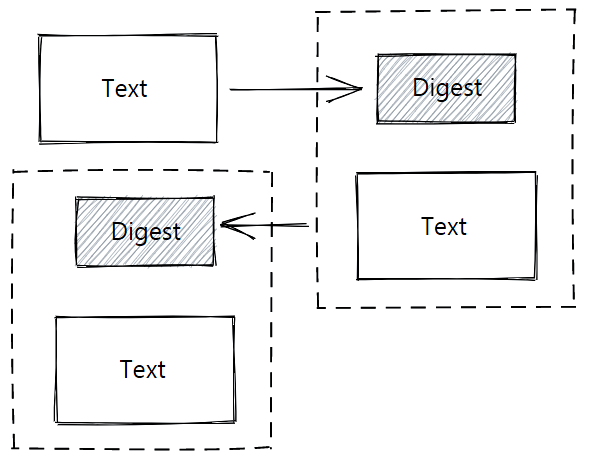
last day of autumn
He’s good
Alain de Botton talking about all our relationships – Is love an illusion
so worth the listen
https://www.abc.net.au/radionational/programs/bigideas/is-love-an-illusion/7641620
(start at 35:00 if you must zip)
rejoicing
best day in a long time
New year new adventures
#anthropolovin
she’s right – love is the answer x (*always)
really looking forward to a break
Down south



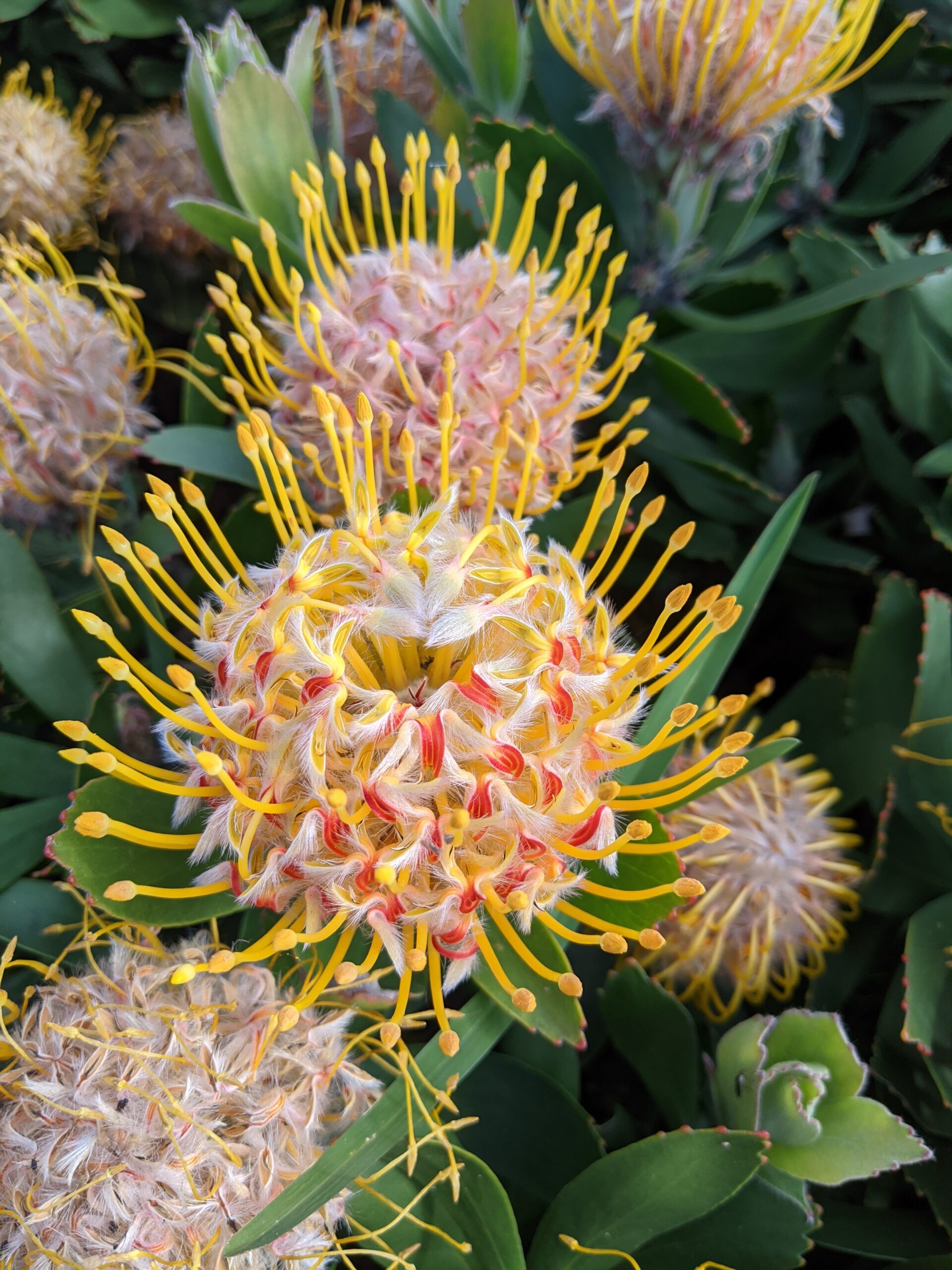
My pit gland’s blob
For anyone interested, I wrote this up…
~•~
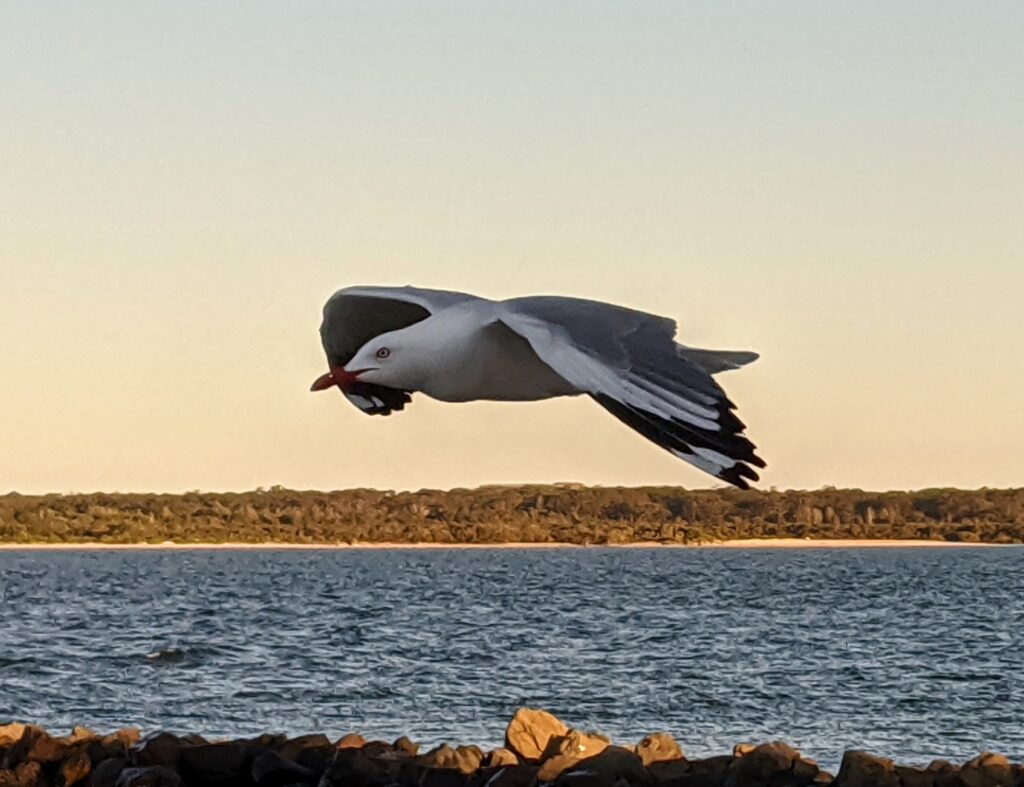
ecology > grief
Recently I got caught up in a commentary to a tweet of mine where I expressed concerns over people leaving stuff behind in National Parks, like the locks people put on railings. The argument put forward was that people do that because they grieve, and then they can’t think of someone else’s concerns, and also if something is man-made anyone can attach something to it.
I disagreed, saying by that definition anyone can put anything anywhere at any time. The discussion stopped, days later I found myself blocked by that account.
While it is unpleasant to be excluded by someone at random, I still stand by my conviction that if we don’t take the care for our surroundings more serious at all times, none of the protection that we’re hoping to give to our natural world will work.
So does grief out-rule ecology? No, it does not.
Instead it could be used for its safeguard, not against it. One way to connect loss to a memorable element in nature is to plant a tree, or donate towards upgrading the National Park that was visited. There are plenty of ways to create a memory that is in sync with the aim of protecting our natural environment.
Loveliveson.com/memorial-trees-australia
Plantatreeforme.org.au
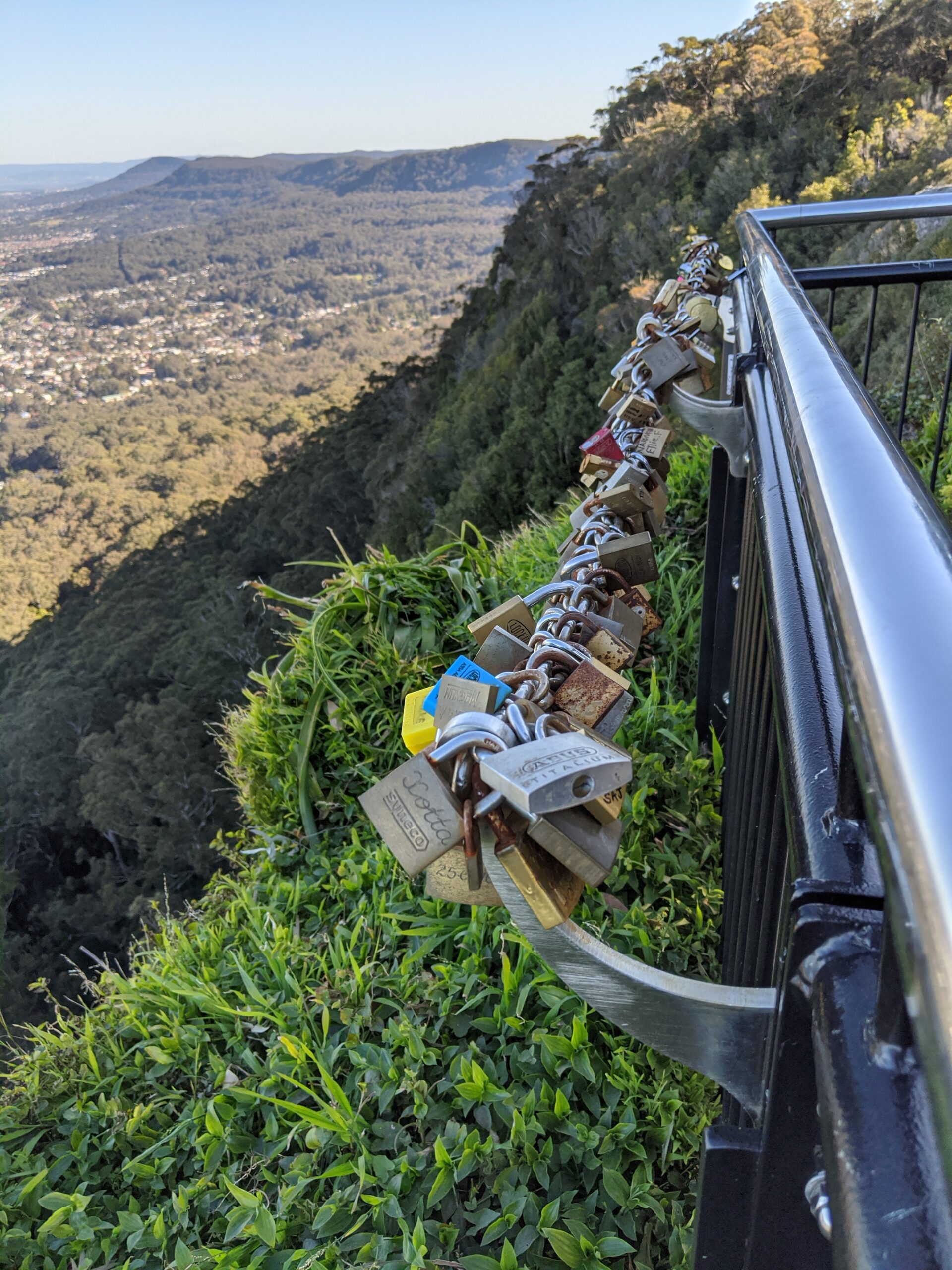
strong women
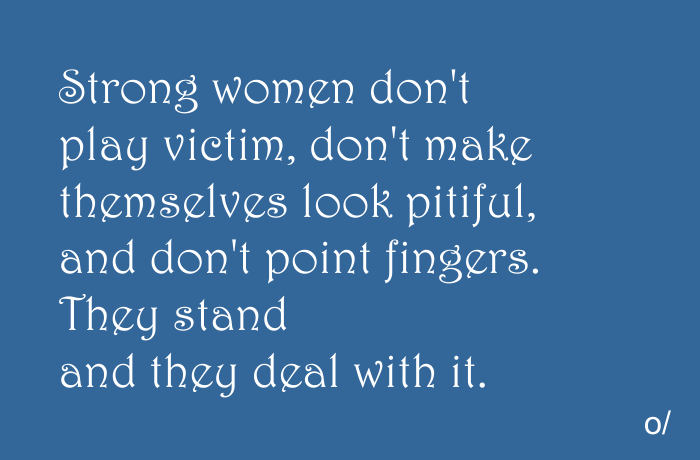
small kindnesses
by Danusha Laméris
I’ve been thinking about the way, when you walk down a crowded aisle,
people pull in their legs to let you by. Or how strangers still say “bless you”
when someone sneezes, a leftover
from the Bubonic plague. “Don’t die,” we are saying.
And sometimes, when you spill lemons from your grocery bag, someone else will help you pick them up.
Mostly, we don’t want to harm each other.
We want to be handed our cup of coffee hot, and to say thank you to the person handing it. To smile at them and for them to smile back.
For the waitress to call us honey when she sets down the bowl of clam chowder, and for the driver in the red pick-up truck to let us pass.
We have so little of each other, now. So far from tribe and fire. Only these brief moments of exchange.
What if they are the true dwelling of the holy, these fleeting temples we make together when we say, “Here, have my seat,” “Go ahead — you first,” “I like your hat.”
First published 2019 in Healing the Divide: Poems of Kindness and Connection
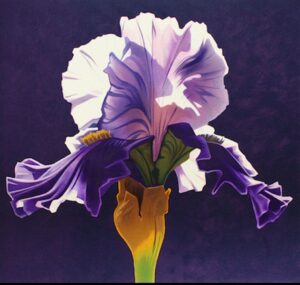
Want not

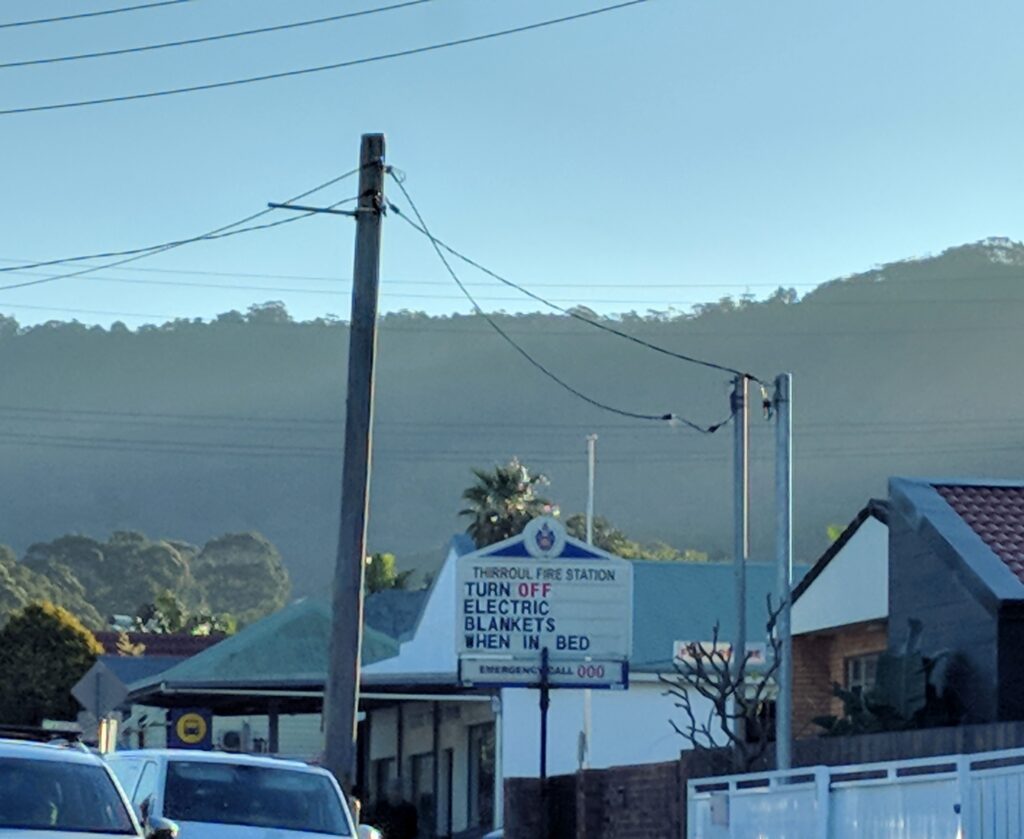
making the best out of each day
there’s not much else you could do
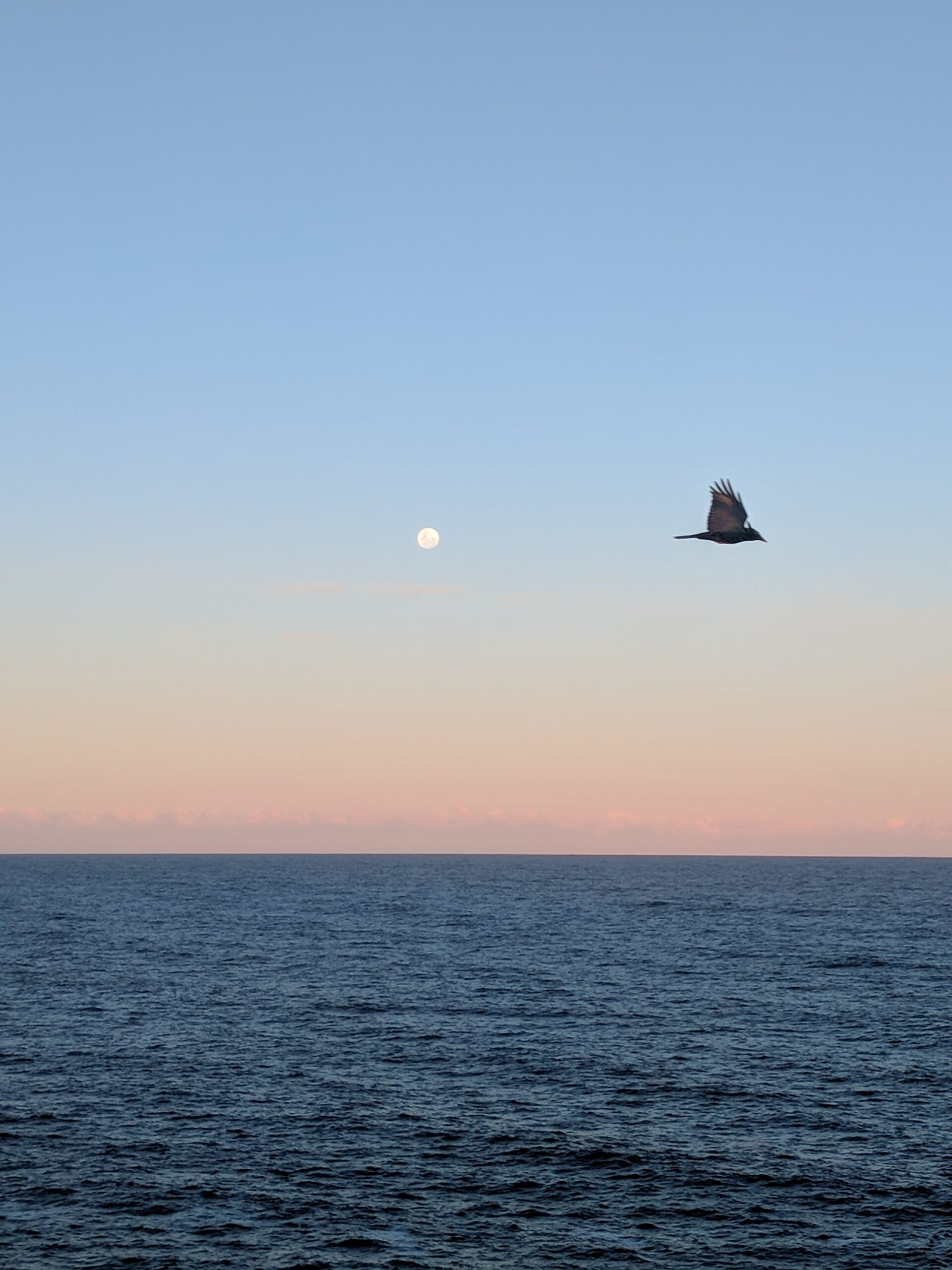
2020 – part II
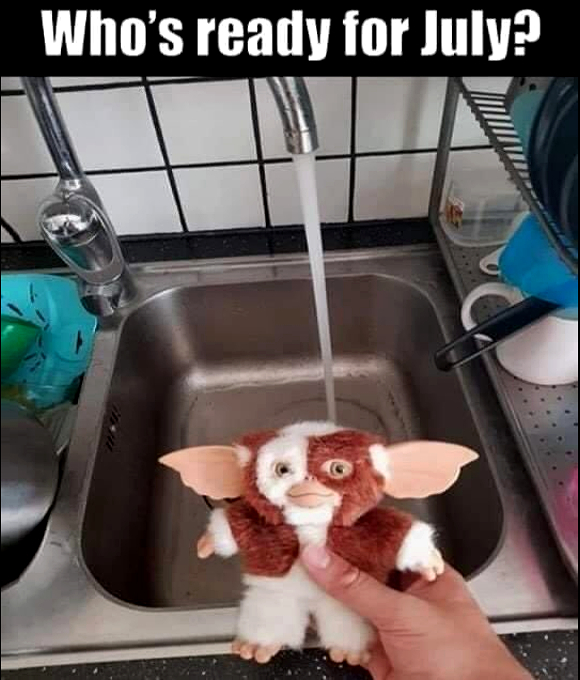
Digital ethics
Digital ethics, safeguarding user and data dignity, is the very practice we don’t have enough of, the very concept that isn’t applied enough, the very standard that isn’t adhered to but instead sold out on.
Software and web development used to be a neutral space, but now it is where all the responsibilities lie. Grow up nerds, and look your own realities in the b/eye/te.
Whatever you collect and whatever you publish is also *your* responsibility.
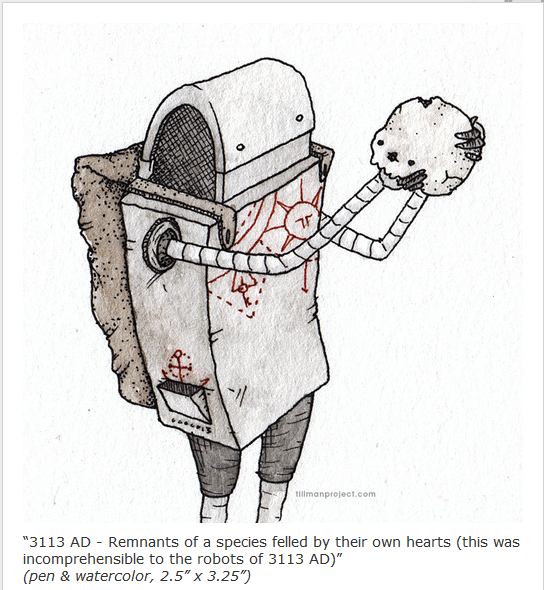
Related: Neveragain.tech – The Tech Pledge
Read more about design that exploits natural cognitive bias and other inclination that sits with UI & UX in this formidable mastery blog…
and more on design ethics: “The Social Dilemma reveals the dark side of persuasive design. So-called dark patterns run rife through social media apps; the previously-mentioned chat bubbles and the ‘pull to refresh feature’ (mirroring a slot machine) are just 2 examples.“





